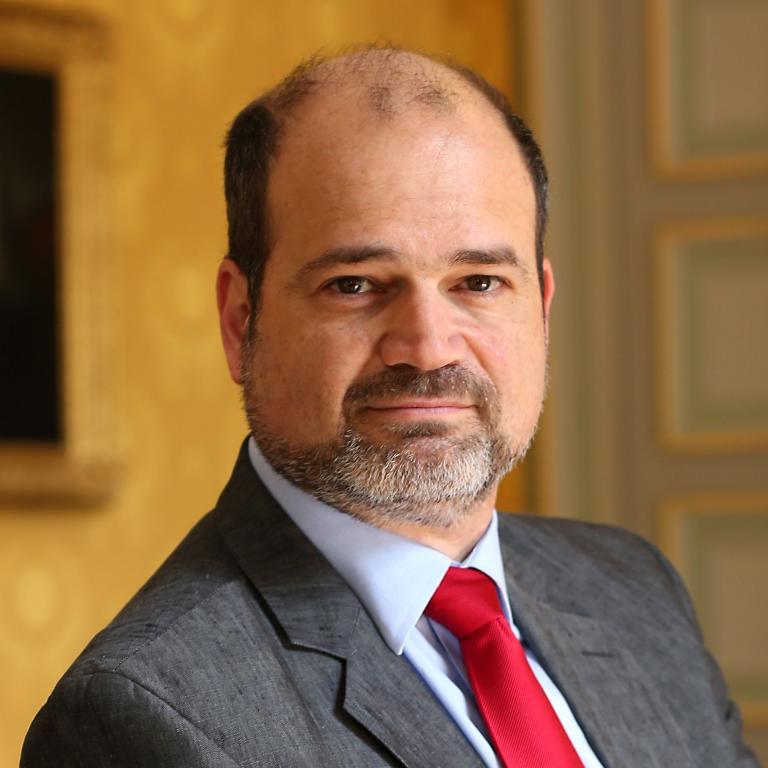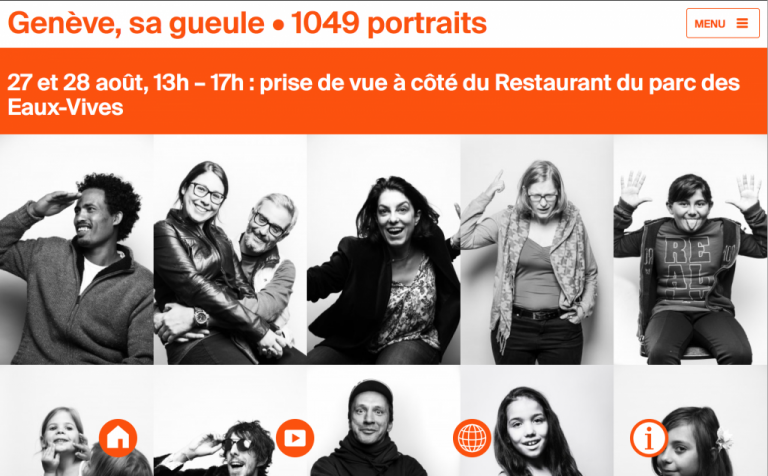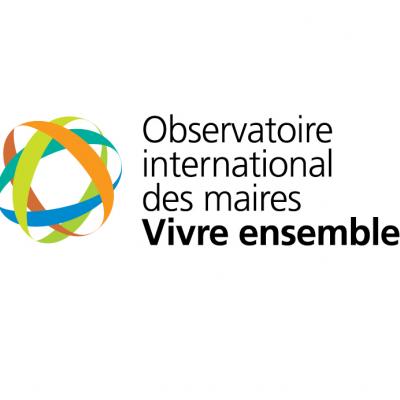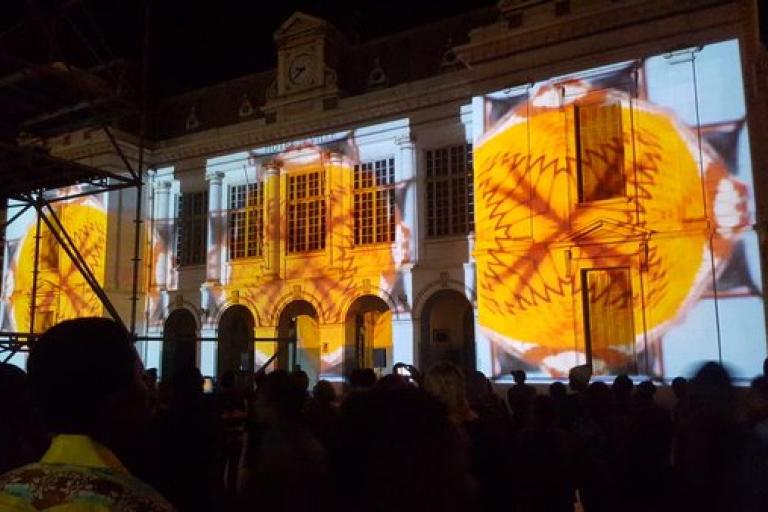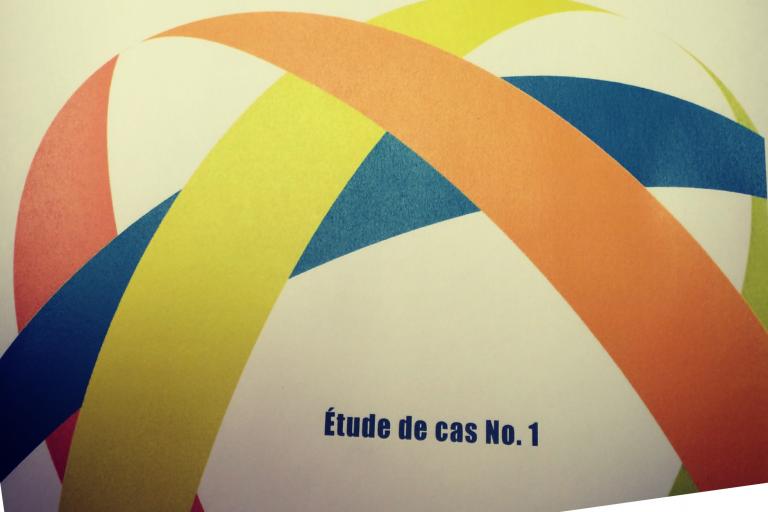
Interview: Sami Kanaan, Mayor of Geneva*
We met Sami Kanaan, mayor of Geneva* (Switzerland) during the AIMF Convention "Building inclusive cities" which was held in September in Beirut. He explained us his vision of Living Together and told us how the notion of “cultural rights” can act as a leverage to promote diversity in a crossroad city as Geneva.
In your opinion, what are the biggest challenges Geneva faces to “Living Together”?
Living Together involves everything that we do, individually or collectively, to ensure that quality of life and social ties work correctly in an urban environment. In a city, by definition, we find a heavy population density over a small territory: people of diverse origins, with diverse profiles and a variety of personal histories. The blend can be vibrant and enriching, but presents multiple challenges to coexistence.
Geneva is a multicultural city. Objectively, the profile of our population is very diversified – in terms of origins, socio-economic profiles, socio-cultural profiles, religions and generations. Moreover, our city’s population is constantly being renewed and, like the global population, it is increasing. Geneva is very proud of its multiculturalism. We realize that our city is like a mosaic: rich and beautiful, but delicate and in need of maintenance.
As well, we are both a crossroads city and a border city. The interaction with others in the same region is very active: Many people work in Geneva and live on the other side of the border in France. With a world in the midst of globalization, in which the competitiveness of the job market is fierce (and Geneva is considered a place where work is easy to find), there is tension between people who are already settled here and people who are just arriving, whether from nearby areas or from afar. Right now, coexistence is more complicated than ever before. So it’s a challenge for us to maintain the quality of life and multiculturalism for which Geneva is known. As a public body, it is our responsibility to ensure others live harmoniously within the mosaic and to integrate new elements so that they can feel at ease.
What is your approach to these challenges?
On a municipal level, we are residents’ first point of contact, so we understand the issues in the field. Geneva has a municipal diversity policy and an orientation policy, in the broadest possible sense: it’s as much for people who have moved here from elsewhere in Switzerland as it is for people who have come from the other side of the planet. We have all kinds of measures to facilitate contact. We try to make human contact and appropriate measures available so that people can understand how to find a job and a place to live, but also for recreational, cultural and sports activities.
This citywide policy shows the value we place on diversity. To this end, we have a number of projects, some of them very simple. For example, there is a photo exhibition ("Geneva, its face") whose aim is to show how different Genevans are from one another. This raises awareness of our valuable diversity.
In my field, arts and culture and sports are unifying sectors. I often use these two sectors, which are highly effective at creating positive ties through art, music, theatre and sports, namely in terms of the border. Objectively, one of the most sensitive issues in Geneva today is the coexistence between Genevan municipalities and people who live on the other side of the border. Unfortunately, just like elsewhere in Europe and the world, there are populist political forces whose aim is to divide. So, our goal is to counterbalance rhetoric based on divisiveness with positive rhetoric and concrete projects.
Web ring people together through arts and sports. For example, we organize sports championships (soccer, judo, swimming, etc.) for young people throughout the area ages 10 to 18. The language of sports is universal; they play together and create positive ties. They are no longer just competitors for jobs and housing. Culturally, we like projects that involve people in their neighbourhoods, where people collaborate in building their neighbourhood through artistic contribution.
Can you share one example of an exemplary initiative in this regard?
Absolutely. As part of a transversal development project, we will have a new regional train network in 2019. This is something that is sorely lacking at present and a source of tension around the border. In preparation for the launch in 2019, we are preparing a whole series of symbolic actions with other urban communities in the area across the border. Aside from the strictly practical aspect for mobility, this is also an opportunity for people to get in touch and get to know each other across the border. A whole program of events is being planned that includes arts, sports and festivities. It is a positive opportunity to show that we live in the same area and share a common destiny.
Question: As part of the Standing Committee on Living Together, which is composed of the mayors of French-speaking cities in the Observatory, there are a series of very different realities. What are your thoughts on this subject?
I believe we are all aware that when faced with issues like radicalization or other forms of exclusion that generate disturbances, we cannot respond in a superficial, short-term way. Each time, we must consider the general socio-economic context and the cultural dimension.
Today, we are faced with a major cultural issue: We are on a planet where people move around more than ever before and some people have no cultural references. The trend is towards a mixed, diverse society – and that in and of itself is very positive, but part of the population experiences this negatively, as if they are losing their bearings. When a specific problem arises, this loss of bearings can turn into phenomena of community rejection. Each act generates long-term secondary effects that are even more serious because they create real rifts between people of different origins, religions and socio-economic backgrounds, which is like poison to “Living Together.”
I believe that it is worthwhile to make a connection with the Universal Declaration of Human Rights and, in particular, to the notion of Cultural Rights, which specifies that each person has a right to preserve his or her identity and cultural references in a positive and inclusive way – not in the form of closing oneself to others. In this sense, a cultural policy creates value for society in many areas: artistic value, economic value, social value and identity value. It can also contribute towards cultural rights being experienced positively, in the form of openness. We have done some exploratory work on this subject in Geneva.
This article of the Declaration is a key lever that we need to use more frequently – for example, as a protection factor against socio-economic issues. So, without neglecting the importance of immediate measures, we must try to find long-term preventive and disuasive measures each time to keep the mosaic from breaking. At the Standing Committee on Living Together, there is certainly convergence within the differences in an African city, a European city and a North American city. We are aware that we can share best practices even as we must adapt them. For example, the issue of mixed ethnicity is present everywhere but in different ways. There may also be specific support mechanisms for certain cities, and the Standing Committee can serve as a platform.
